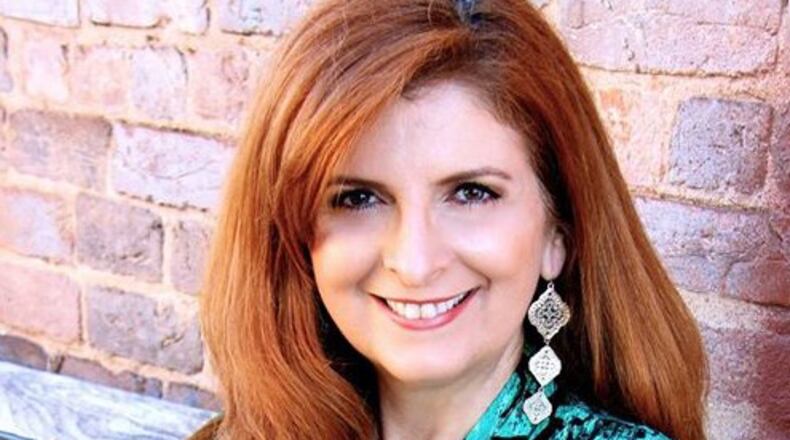“I simply can’t build up my hopes on a foundation consisting of confusion, misery, and death. I see the world gradually being turned into a wilderness, I hear the ever-approaching thunder, which will destroy us too, I can feel the sufferings of millions, and yet, if I look up into the heavens, I think that it will all come right, that this cruelty too will end, and that peace and tranquility will return again.”
― Anne Frank, “The Diary of a Young Girl”
I was 14 years old when our school drama director cast me to play the role of Anne Frank. He said there was a poignant resemblance between the famous Jewish writer and me, both in looks and attitude. As I looked at her pictures and started reading her diary, I became genuinely flattered by the compliment. Anne Frank was a pure beam of light. Her optimism, imagination, and grace were both contagious and astounding.
I had recently found out that my father was a descendent of Dutch Jews; therefore, the plight of my ancestors in World War II became a meaningful subject of study to me. In an attempt to better understand the truth about one of history’s darkest times, I read several books concerning the war.
But of all the books I’ve read and movies I’ve watched on WWII since then, Anne Frank’s diary was perhaps the one that touched me the most.
The diary provides the reader with an intense and moving glimpse into the world of this young teenager. Her family fled from Nazi Germany to Amsterdam in 1933. In 1940, Germany invaded Holland, and one year later, when all public schools closed to Jews, the Franks were forced to hide in a secret annex of a house. They remained in their small hiding place and under the protection of non-Jew Dutch office workers for two years but were eventually betrayed and deported to Westerbork concentration camp, and later to Auschwitz-Birkenau. In November 1944, Anne and her sister Margot arrived in the Bergen-Belsen concentration camp, where Anne contracted typhus and died.
Earlier this morning, I was outside, enjoying one of the few sunny days during this countrywide quarantine, when one of Anne Frank’s quotes ran across my mind:
“As long as this exists, this sunshine and this cloudless sky, and as long as I can enjoy it, how can I be sad?”
As I closed my eyes, letting the warm morning sunshine touch my face, I listened to the birds’ songs and the rustling of leaves as my two puppies chased each other in the backyard. I thought about the many complaints I have heard since the government shut down businesses and public places, forcing us to stay home with our families. Those thoughts took me back to a young girl who, 80 years ago, was forced to hide, not for one month, but two years, and who still had the hope and wisdom to see beauty and God’s hand in her dire circumstances. The memory of the time her story stole my heart encouraged me to dust off her book and read some of her most encouraging quotes:
“I don’t think of all the misery but of the beauty that still remains.”
“Those who have courage and faith shall never perish in misery.”
“Where there’s hope, there’s life. It fills us with fresh courage and makes us strong again.”
We don’t know how long this quarantine will last, how many people will get sick with this dreadful virus, and how many more will die. All we can do is trust God, who is still on the throne. He has allowed this crisis for a reason. While many of our comforts and amenities have been taken away, we should seize this surreal time and enjoy people and things we often take for granted, as well as reach out to those in need. We may not be able to visit them, but we can pray, leave a meal at their doorstep, or send an encouraging text or card.
The question is: Are we choosing to spend this time complaining, criticizing our authorities or trembling in fear, or, like that wise 14-year-old Jewish girl, are we determined to find beauty, gratitude, and purpose in this trial?
“May your choices reflect your hopes, not your fears.” — Nelson Mandela
About the Author
Keep Reading
The Latest
Featured


